Winter can be brutal on your car, causing no-starts, frozen doors, engine failures, and dangerous accidents. The last thing you want is to find yourself stranded in freezing temperatures, waiting for help. That’s why winterizing your car is a must—it helps ensure safety, reliability, and optimal performance throughout the cold season.
Just as you wouldn’t drive into a desert without preparing your car for extreme heat, you shouldn’t face winter’s icy grip without taking the right precautions. Here’s a 14-step checklist to help you prepare your car for the harsh months ahead.
1. Check Your Tire Tread for Maximum Traction
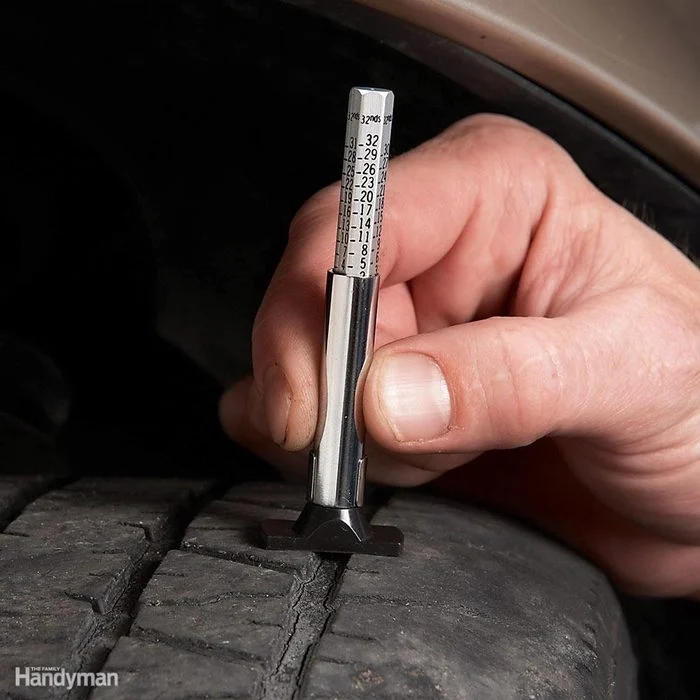
Tires with low tread are a disaster waiting to happen on icy and wet roads. As temperatures drop, traction becomes more critical than ever. Even though most states allow a tread depth of 2/32 inches, experts recommend replacing your tires when the tread wears beyond 4/32 inches for better grip.
To check your tread depth:
- Use a tire tread depth gauge for an accurate reading.
- Insert a penny into the tread grooves—if you can see Lincoln’s head, it’s time for new tires.
If you drive in areas prone to heavy snow, consider investing in winter tires for superior handling and braking performance.
2. Test Your Car Battery to Prevent a Cold-Weather Breakdown

Car batteries weaken in cold weather, making it harder for your engine to start. The last thing you want is to turn the key and hear nothing but a dead silence.
To prevent this:
- Use a battery tester to check the voltage and overall health.
- If your battery is more than three years old, consider replacing it.
- Make sure your alternator and starter are functioning correctly.
A weak battery in winter can leave you stranded, so don’t take chances!
3. Clean and Protect Battery Terminals from Corrosion
Corroded battery terminals can prevent your car from starting. This simple maintenance step can save you from hours of frustration on a freezing morning.
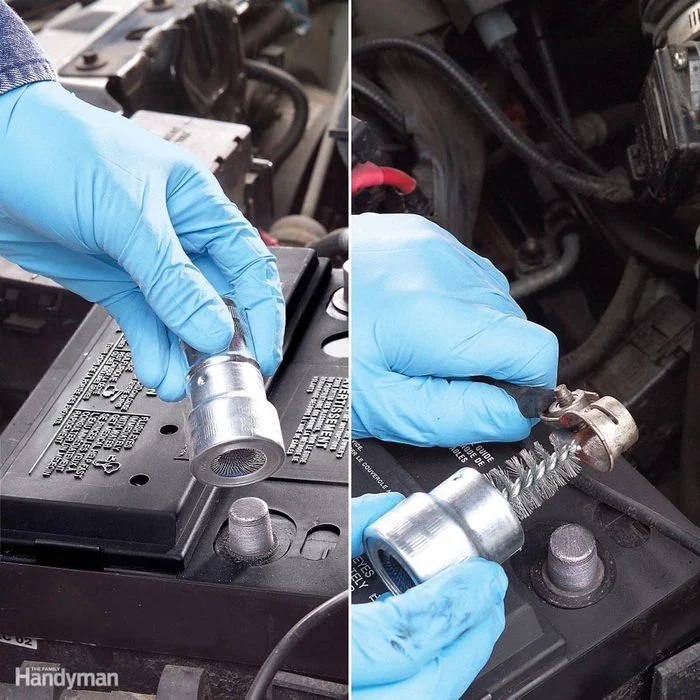
How to clean them:
- Disconnect the negative cable first, followed by the positive cable.
- Use a wire brush or battery cleaning tool to remove corrosion.
- Wipe the top of the battery with a paper towel to remove acid residue.
- Spray the terminals with a battery terminal protectant to prevent future corrosion.
Taking these steps ensures your battery has a strong, uninterrupted connection all winter long.
4. Check and Replace Your Coolant to Prevent Engine Freezing
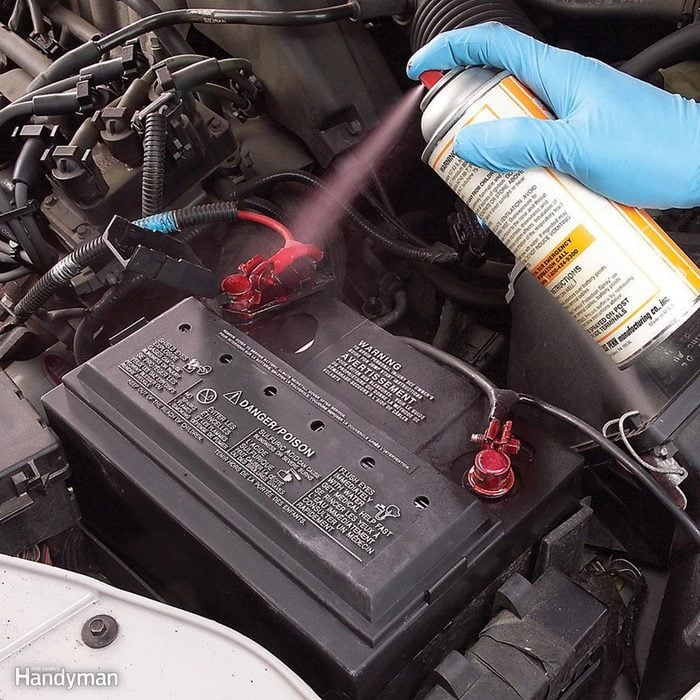
Your car’s cooling system isn’t just for summer—it also prevents your engine from freezing and cracking in sub-zero temperatures.
To test your coolant:
- Use a coolant tester to check its freezing point.
- Make sure the antifreeze-to-water ratio is 50/50 for optimal performance.
- If your coolant is more than five years old, replace it to maintain proper protection.
Skipping this step can result in expensive engine repairs, so make sure your coolant is in good shape!
5. Switch to a Winter-Grade Motor Oil
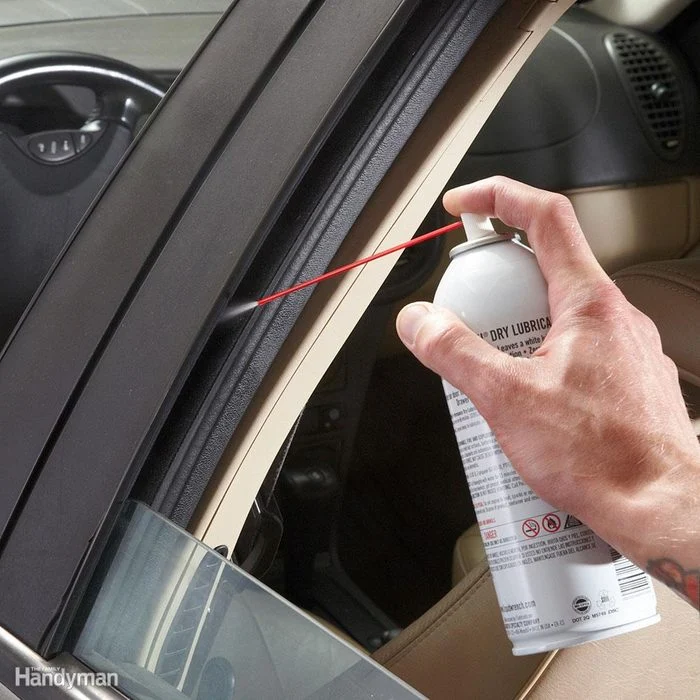
As temperatures drop, your engine oil can become thicker, making it harder for your engine to turn over.
To keep your car running smoothly in winter:
- Use a lower viscosity oil (e.g., switch from 10W-30 to 5W-30).
- Check your owner’s manual for manufacturer recommendations.
Cold starts are tough on your engine, so choosing the right oil can make all the difference.
6. Replace Windshield Wipers with Winter Blades
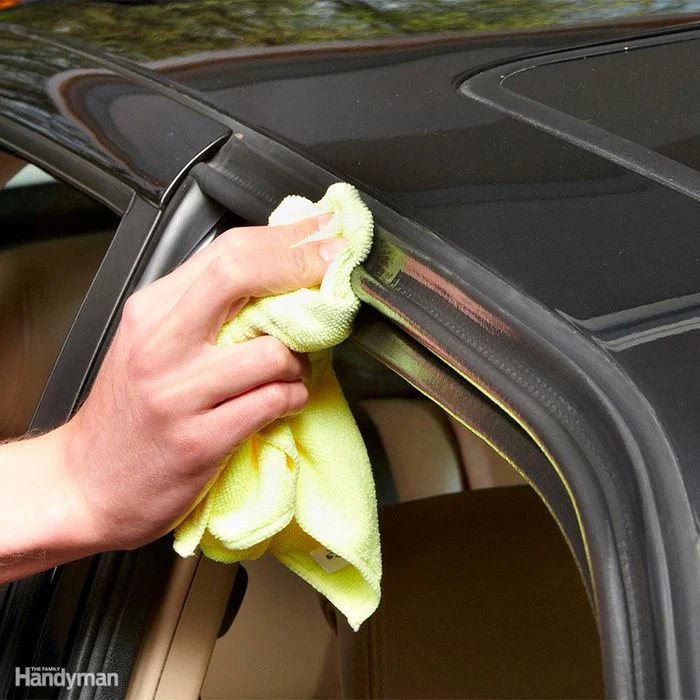
Standard wiper blades clog with snow and ice, making it difficult to see during storms. Winter blades are designed with a rubber boot to prevent ice buildup, allowing them to work efficiently in extreme conditions.
While you’re at it:
- Refill your windshield washer fluid with a winter-grade solution that won’t freeze.
- Keep extra washer fluid in your trunk in case you run out.
Clear visibility is critical for safe winter driving, so don’t overlook this step!
7. Inspect and Replace Your Cabin Air Filter
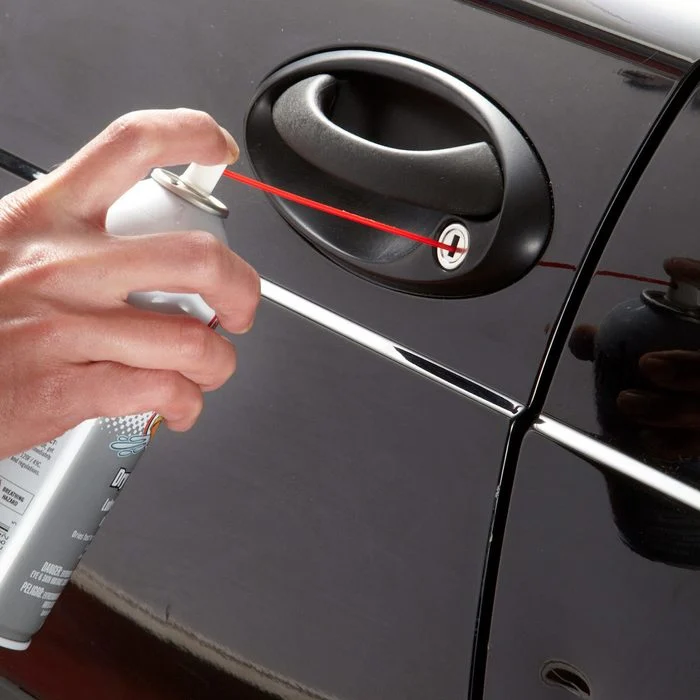
A clogged cabin air filter reduces airflow from your heater, making it harder to defrost your windshield and warm your car’s interior.
Replacing the filter:
- Costs around $20 at an auto parts store.
- Takes less than 10 minutes in most vehicles.
It’s a small fix that makes a big difference in cold weather comfort.
8. Lubricate Weather Stripping to Prevent Frozen Doors
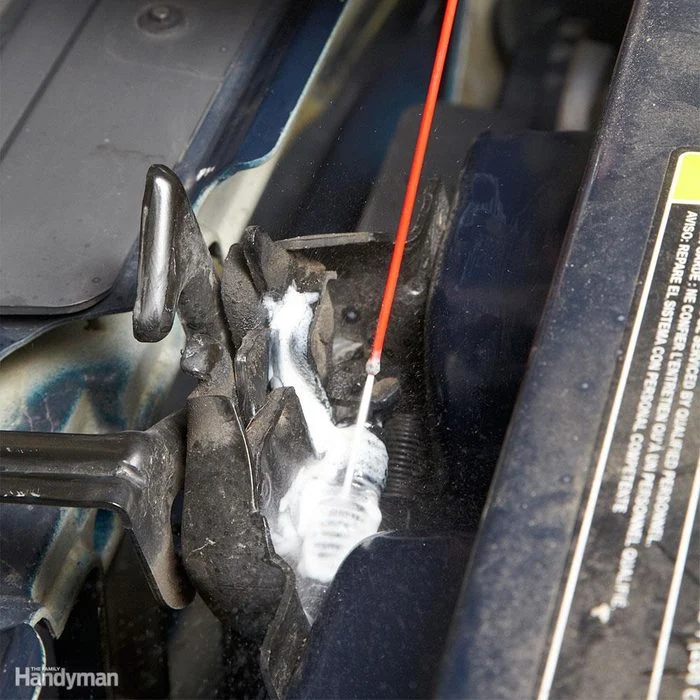
Ever tried opening your car door on a freezing morning, only to find it frozen shut? That’s because moisture gets trapped in the weather stripping and turns to ice.
Prevent this by:
- Spraying silicone lubricant on the weather stripping and door edges.
- Applying rubber conditioner to keep the seals flexible.
This quick trick will keep your doors from sticking all winter long.
9. Keep Your Door Locks from Freezing
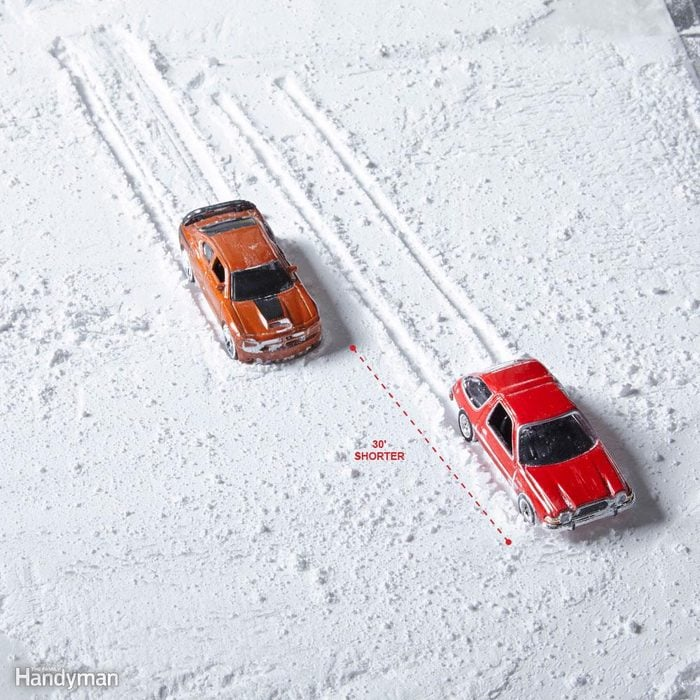
If your key fob battery ever dies, you may need to manually unlock your car. But frozen locks can leave you stuck in the cold.
To prevent this:
- Spray graphite lubricant or dry Teflon spray into the keyhole.
- Avoid using WD-40, as it can attract dirt over time.
Now, if your locks ever freeze, you’ll have a backup plan!
10. Protect Your Car’s Hood Latch with Lubrication
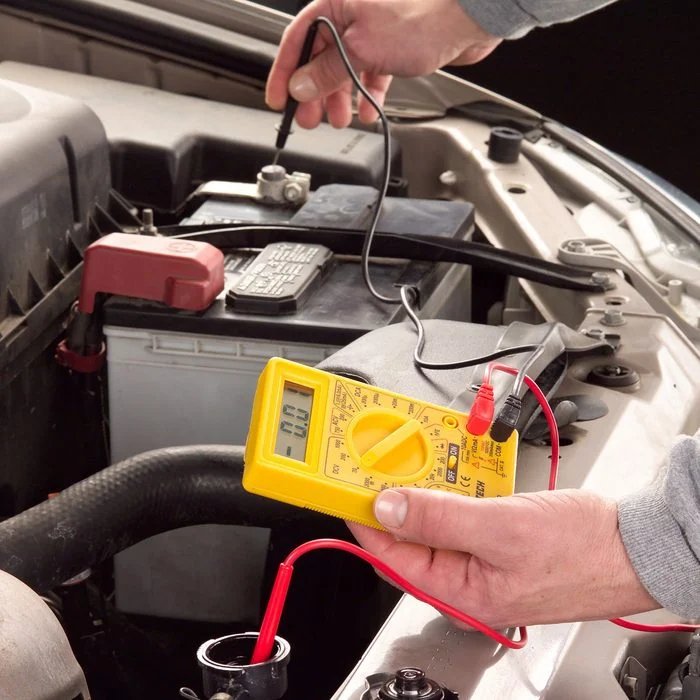
Hood latches are exposed to winter road salt, making them prone to rust and sticking.
To keep yours working smoothly:
- Spray white lithium grease on the latch mechanism.
- Open and close the hood a few times to distribute the grease.
This prevents frustration when you need to check your oil or coolant levels.
11. Consider Winter Tires for Maximum Safety
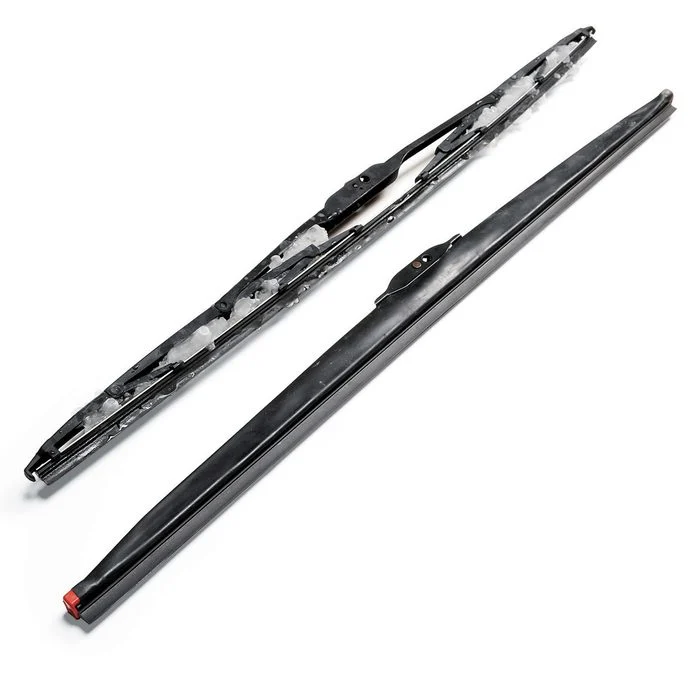
If you drive in heavy snow or ice, winter tires are a game-changer.
They provide:
- 30% more traction than all-season tires.
- 40% shorter braking distances on icy roads.
Yes, they cost $600+ per set, but they could save your life.
12. Check and Replace Your Hood Lifts
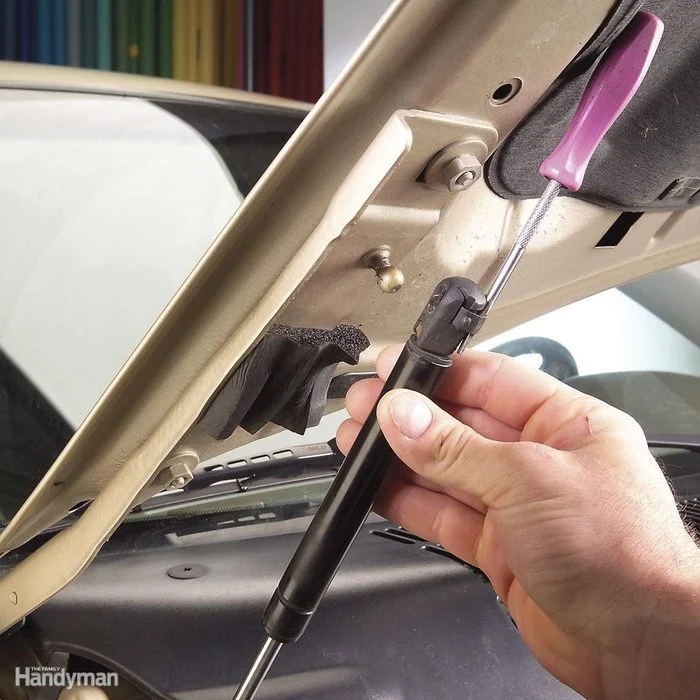
If your hood lifts are weak in warm weather, they’ll fail completely in freezing temperatures.
To replace them:
- Get a friend to hold the hood open while swapping out the lifts.
- Follow installation instructions to ensure a proper fit.
A failing hood lift is dangerous, so replace them before winter strikes.
13. Assemble a Winter Car Emergency Kit
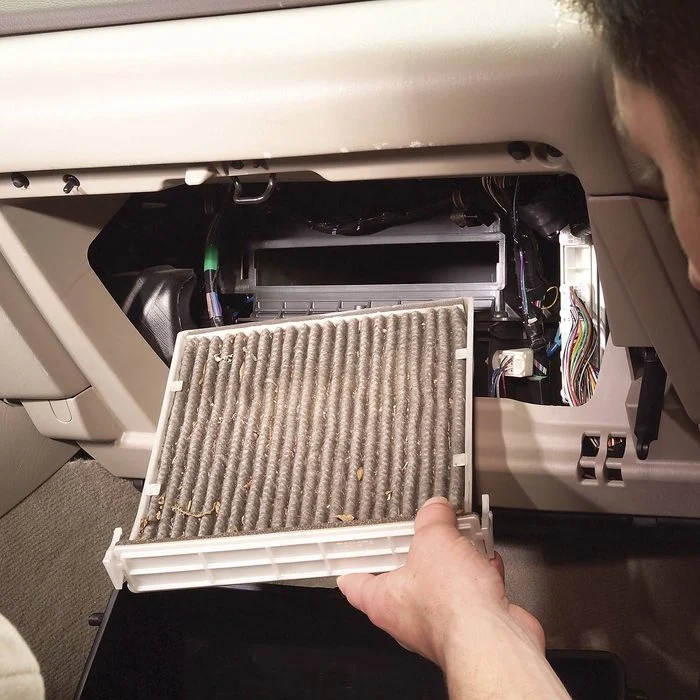
A winter roadside emergency kit can mean the difference between staying warm or freezing in a breakdown.
Your kit should include:
✔ Candle-powered heater
✔ Flashlight with extra batteries
✔ Cellphone charger
✔ First aid kit
✔ Jumper cables
✔ Ice scraper & small shovel
✔ Blanket, gloves, and hat
✔ Bag of cat litter for traction
These essentials can save your life if you get stranded.
14. Keep Your Gas Tank at Least Half Full
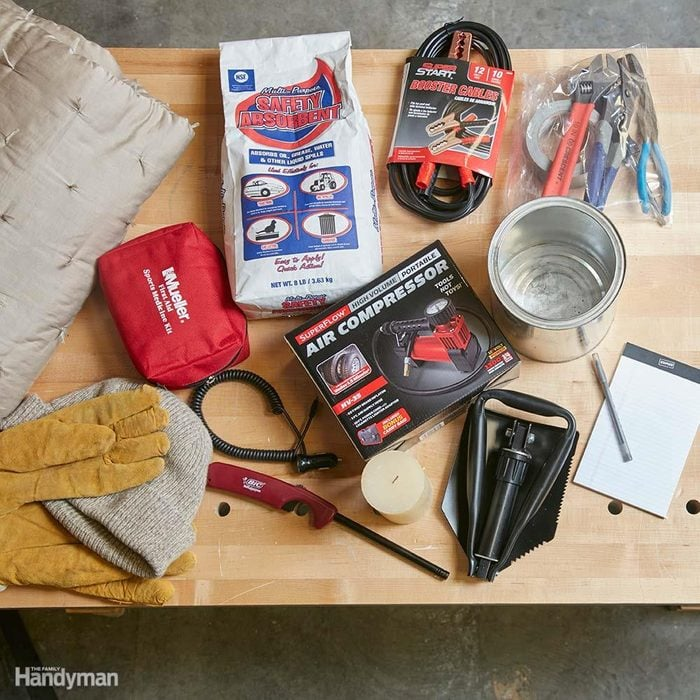
An empty gas tank in winter is a disaster waiting to happen. Condensation can form in the tank, leading to frozen fuel lines.
To avoid this:
- Keep at least half a tank of gas at all times.
- Add a fuel stabilizer if you park your car for long periods.
This simple habit prevents breakdowns and keeps your car running reliably.
Final Thoughts: Be Prepared for Winter Driving
Winter weather is unpredictable, but a well-prepared car gives you peace of mind. By following this 14-step winterization checklist, you can drive safely, avoid breakdowns, and handle anything winter throws your way.
Don’t wait until the first snowfall—get started today and keep your car in top shape all season long!